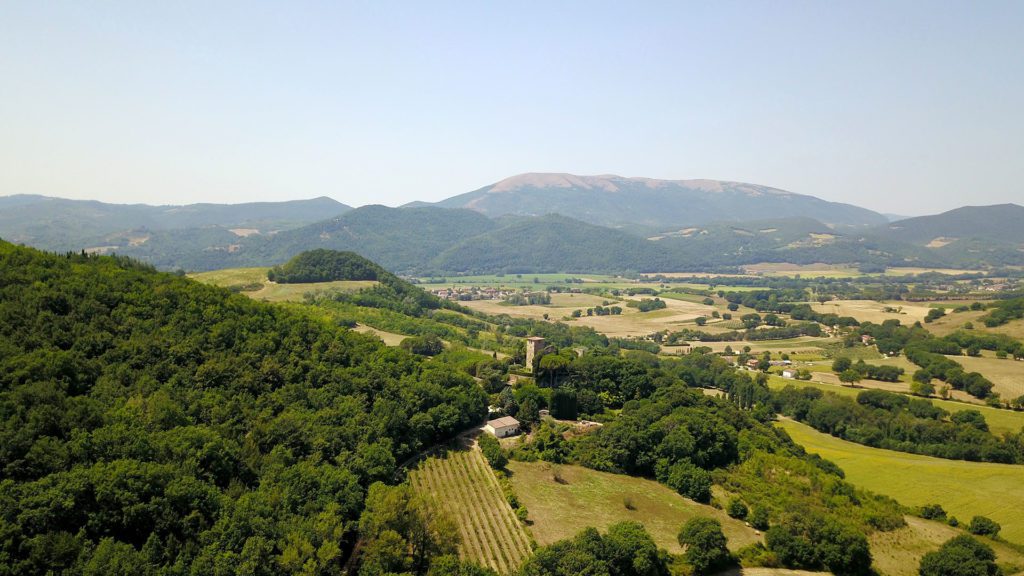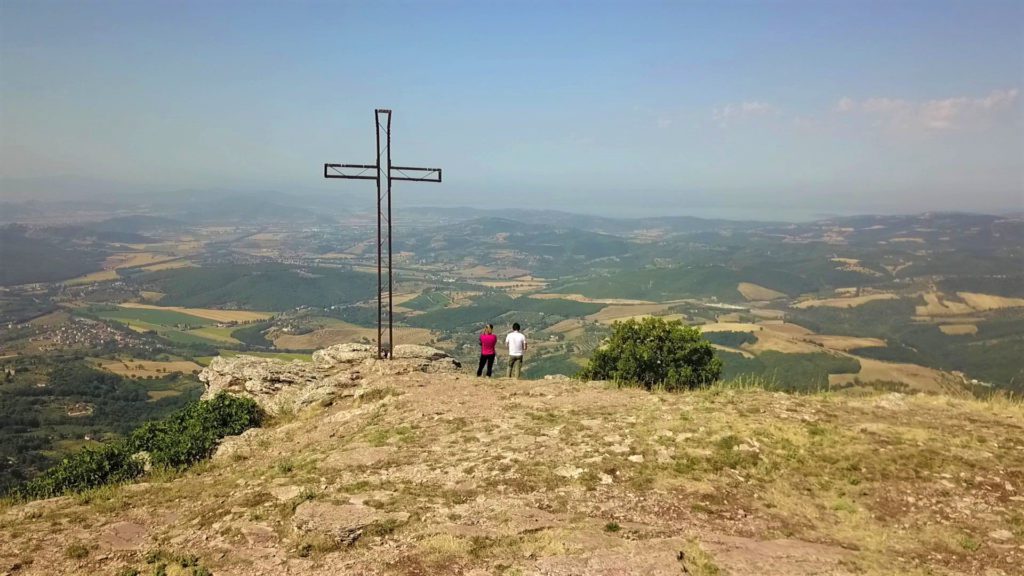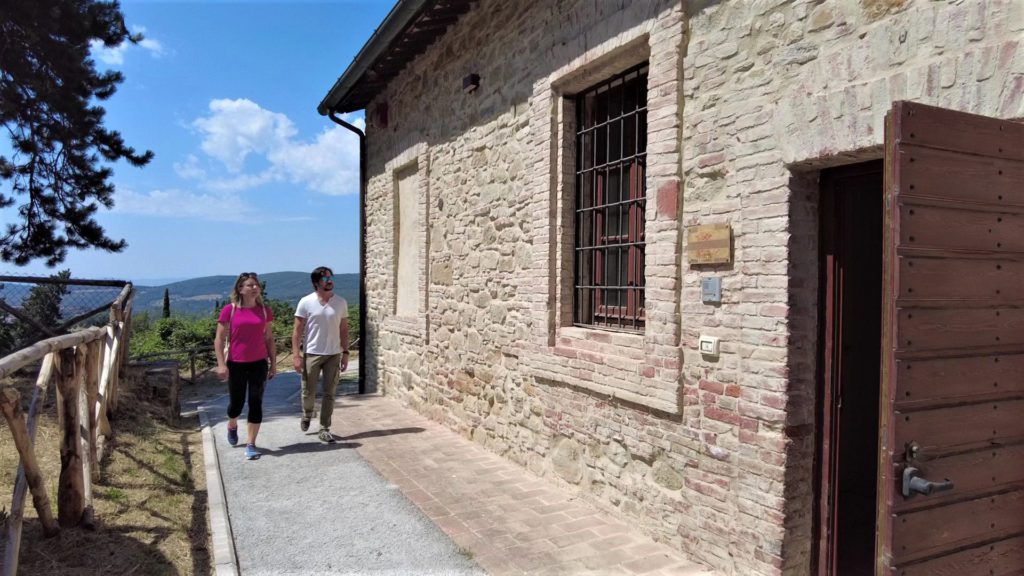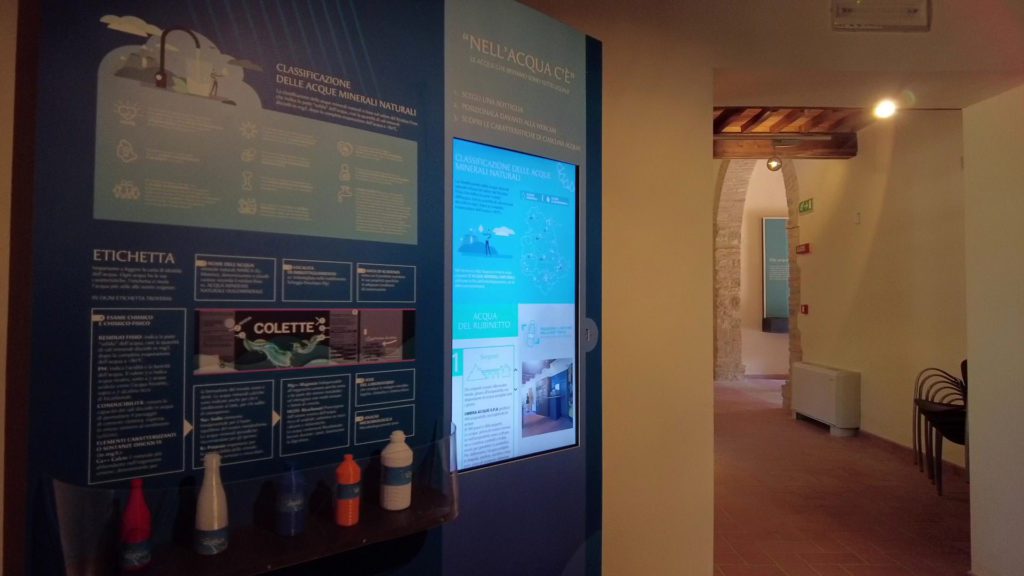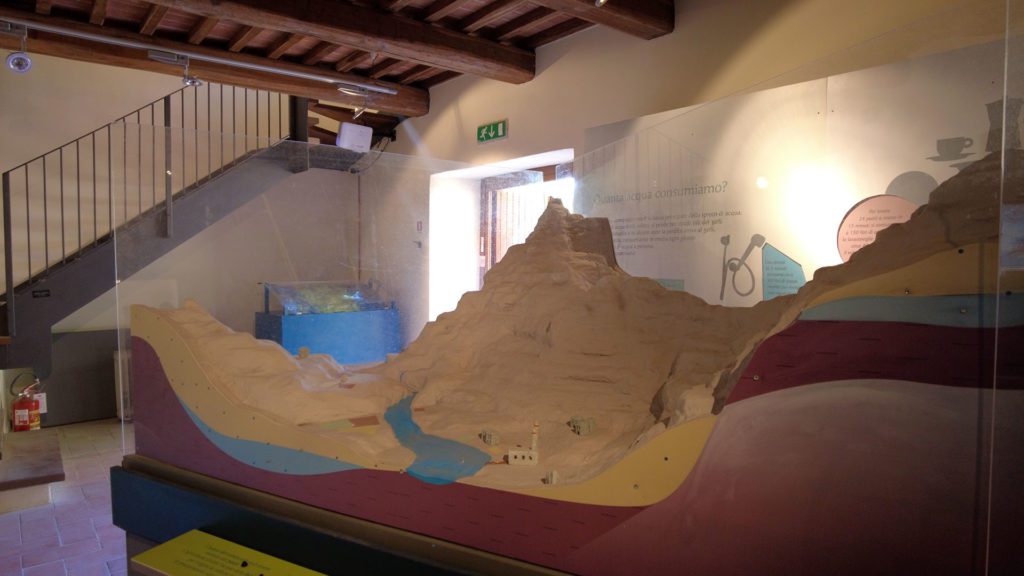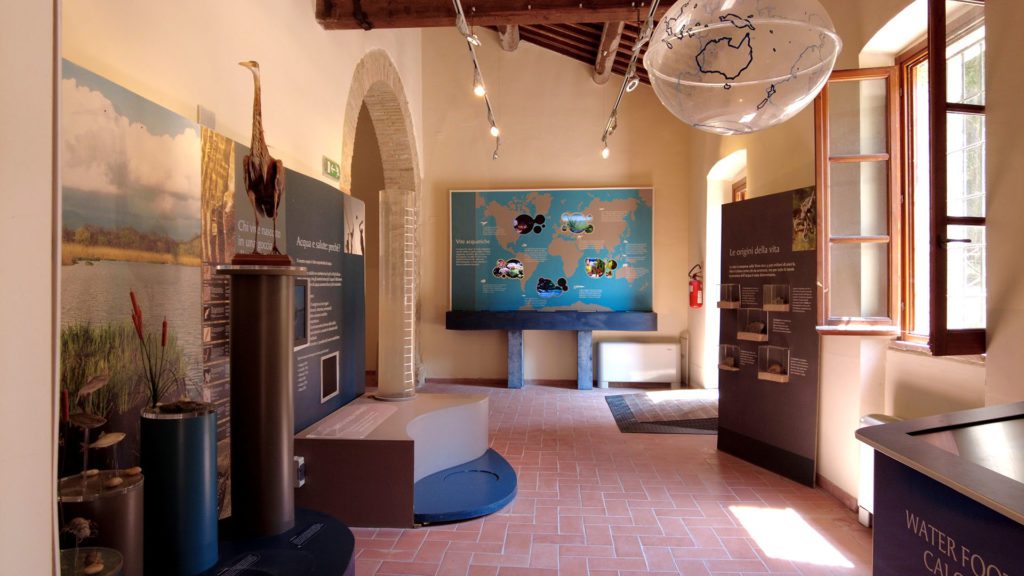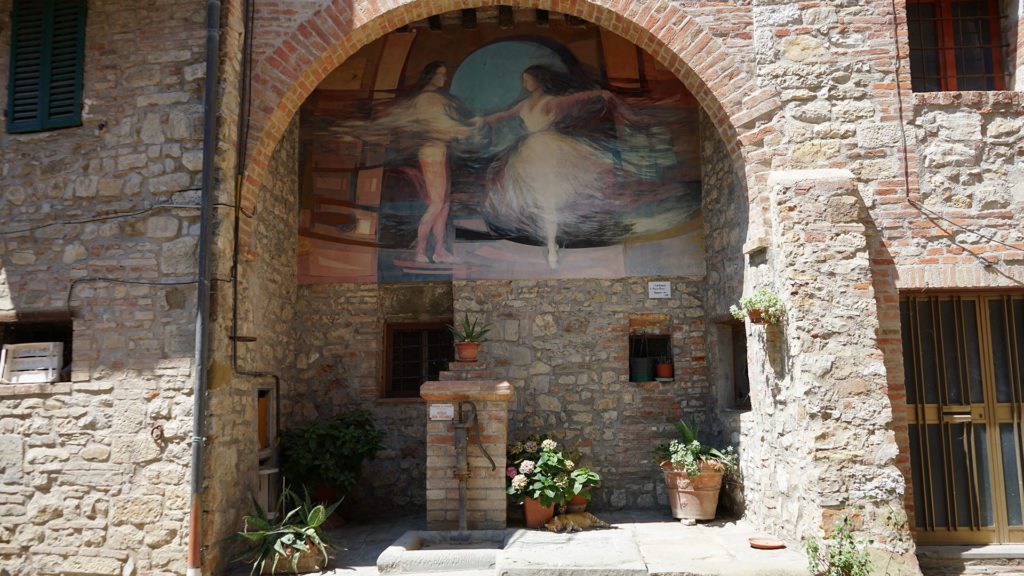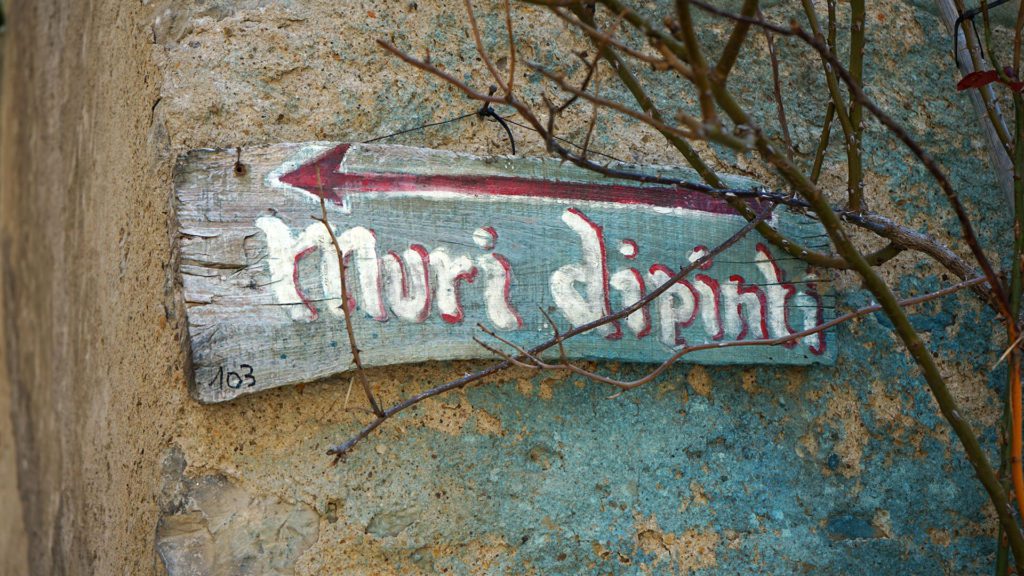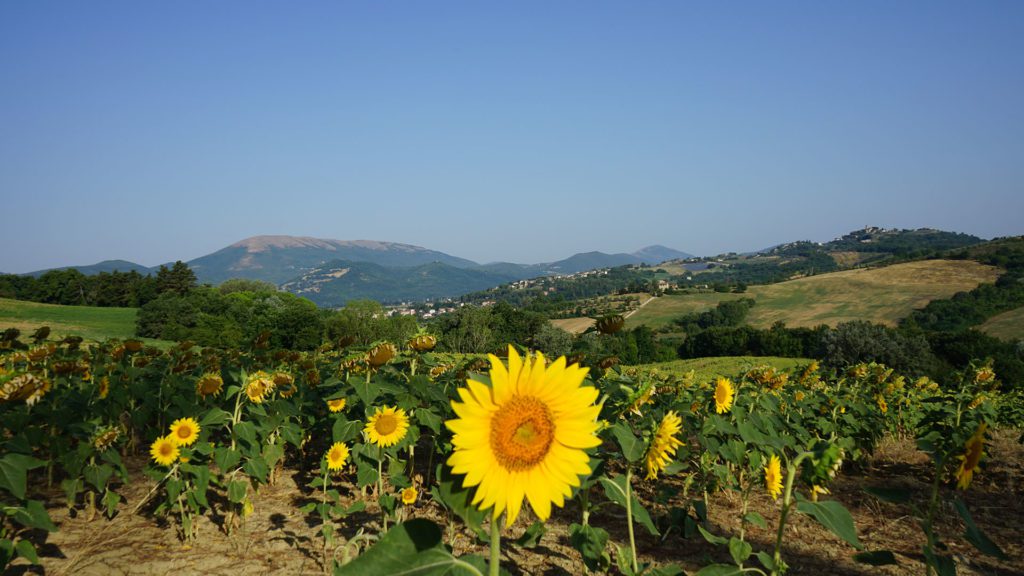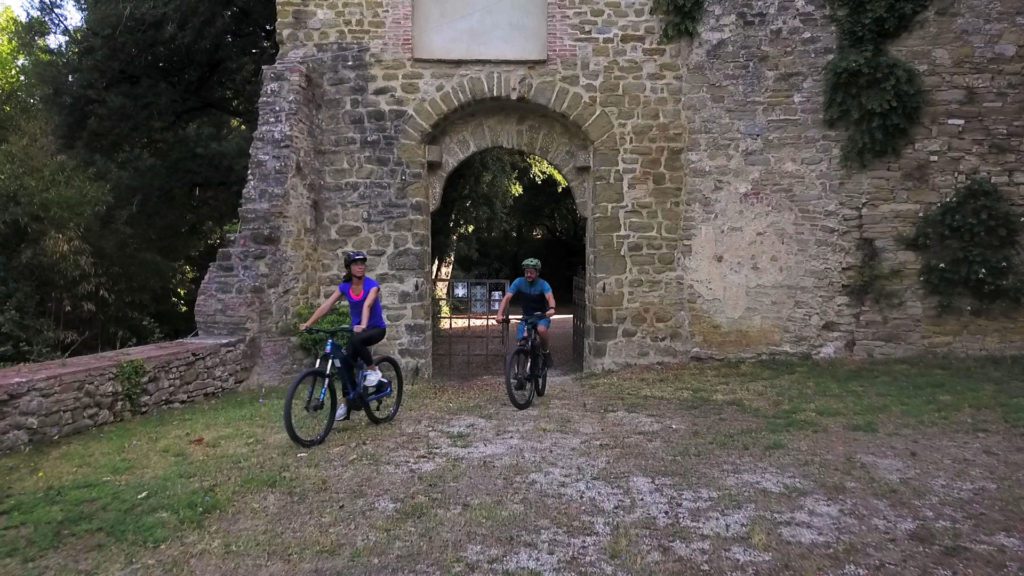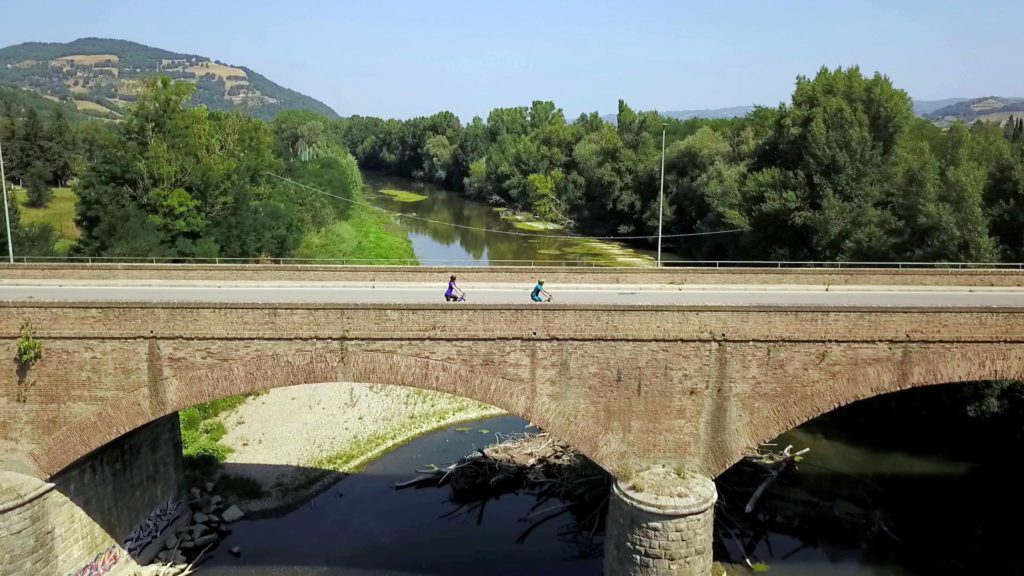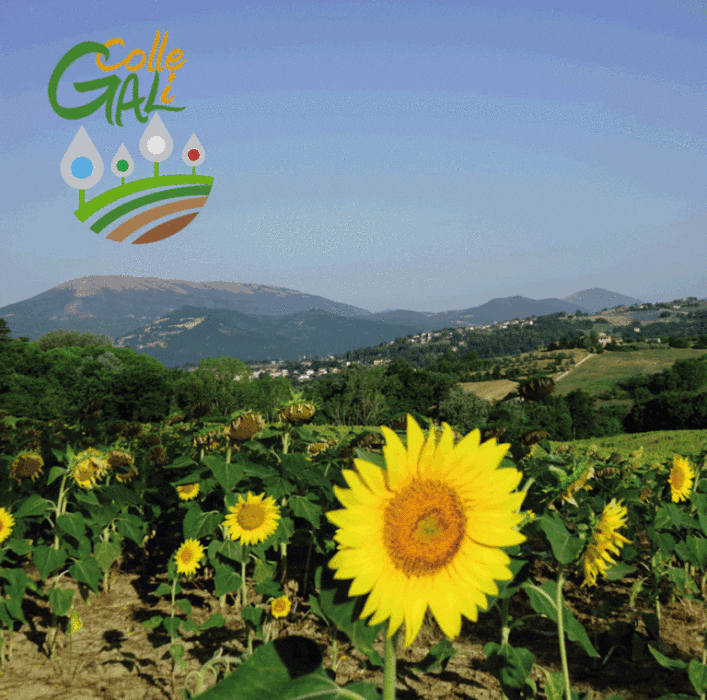The Municipality of Perugia, within the ColleGali Project, by exploring the rural villages of the Middle Tiber Valley, among the historical, cultural and environmental landscape heritage, intends to enhance the rural territory with its rich environmental, landscape, historical and artistic heritage, made of villages, communities, natural beauties and cultural emergencies inserted in the territory of the LAG of the Middle Tiber Valley.
Cenerente, a village born from an important located along the route from Colle Umberto to Perugia, which offers the possibility of links between the paths already built on Mount Tezio and the ring of Monte Malbe.
More specifically, in the area between the Tiber and its tributary Rio Grande, which flows into it near Bosco, the Benedictine Abbey of Montelabate emerges in the context of a rural landscape, largely preserved intact, with its architecture. imposing and the farm. The historic villages of Solfagnano and Ramazzano, the Celestina Abbey, the Franciscan convent of Farneto, on a hill surrounded by a wood of English oaks (hence the toponym) and the Morleschio Castle are worthy of note.
Also in the southwestern area of the Municipality of Perugia, on the road that leads to Città della Pieve and the hills of Trasimeno, we find riches linked to the history and culture of the area. In this context rich in an equally important hilly landscape heritage, Fontignano cannot fail to be mentioned. The town overlooks the state road 220 Pievaiola, about halfway between the towns of Mugnano and Tavernelle, 12 km south-east of Perugia. It lies on the slopes of a hill, near Lake Trasimeno. Small rural village where it is quite unusual to find the tomb of a famous painter like Perugino. The painter chose Fontignano in 1511 as a place to live and set up his workshop, from here he moved around to meet the various commissions that were entrusted to him. In 1523 Perugino was seized by the plague just as he was frescoing the Adoration of the Shepherds in the church of the Annunziata and died in Fontignano. The urn in which the “Divine Painter” currently stands was set up in 1929.
In the church Pietro Vannucci frescoed 5 works: the Madonna and Child (the only fresco left) on the right wall, the Adoration of the Shepherds on the tympanum of the church (detached and sold to a certain Mr. Spencer in 1848 and currently preserved in the Victoria and Albert Museum of London), a S. Rocco and a S. Sebastiano (they were probably frescoed on the sides of the arch under the adoration of the shepherds, detached and sold to the Count della Porta di Gubbio around the middle of the 19th century and currently dispersed) and a another Madonna and Child on the right wall (sold to Angelo Morettini of Perugia in 1862 and currently missing).
The offer of the itinerary is completed by the Water Museum of Monte Pacciano, located in the evocative natural scenery of the ancient canons (ancient cisterns where water was collected), on the slopes of Monte Tezio. The oldest is from 1255 while the last is from 1883; still today they constitute an important infrastructure of the aqueduct system that feeds the city of Perugia. To protect these, a small house and a church were built, where hermits settled and became their custodians, today the seat of the Water Museum.
